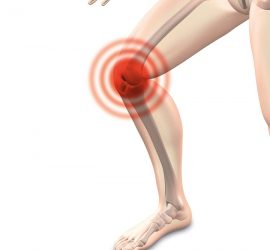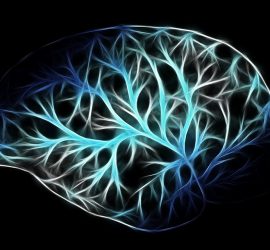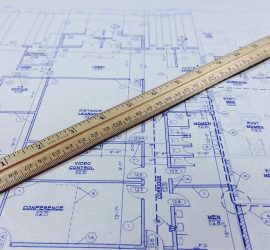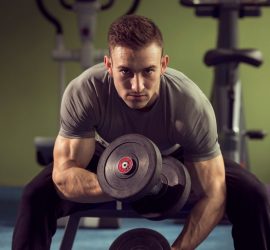Prof Simon Gandevia selects his “Paper of the Year” for 2017
How do we learn things? Sometimes learning occurs over many trials but other times it occurs after single episodes. The traditional view of learning has invoked Hebbian plasticity (Hebb 1949). Here, the concept is that “neurones that wire together, fire together”. Enhanced firing of a post-synaptic cell is thought to […]










